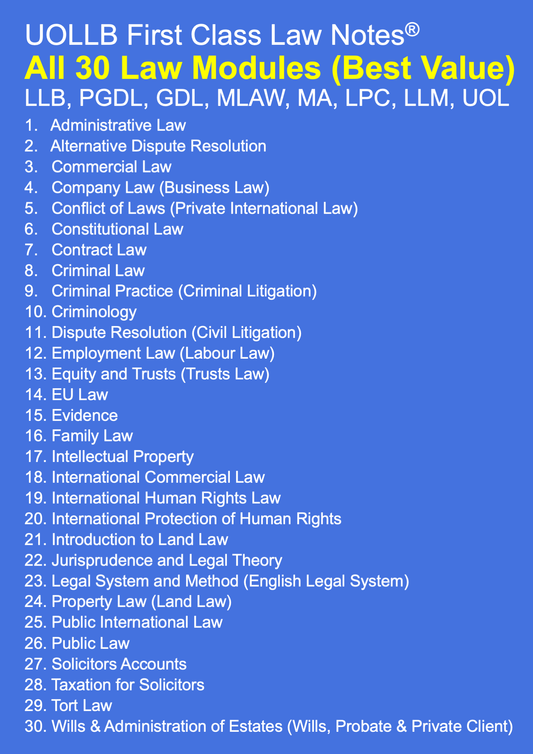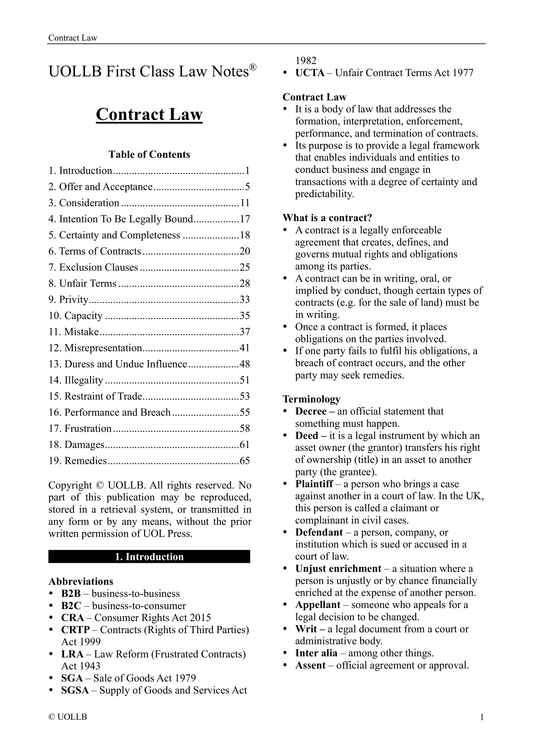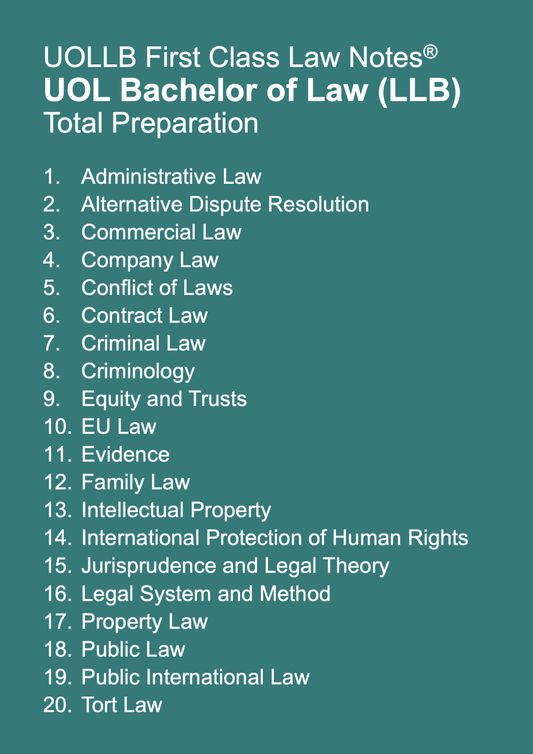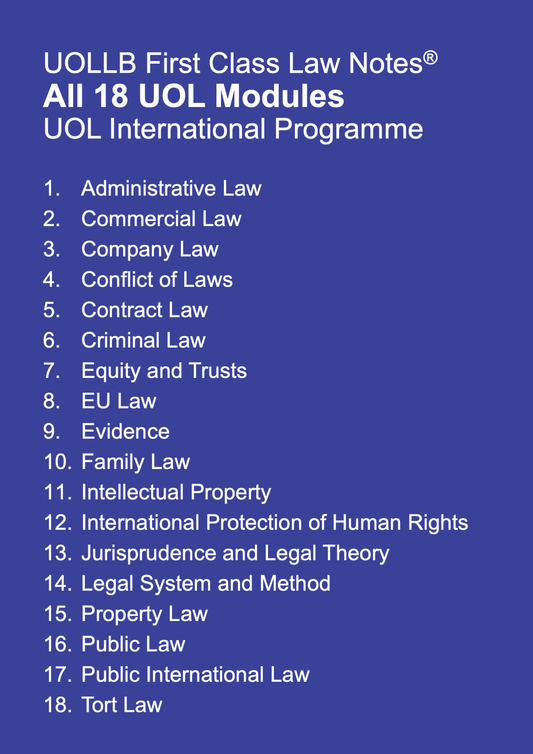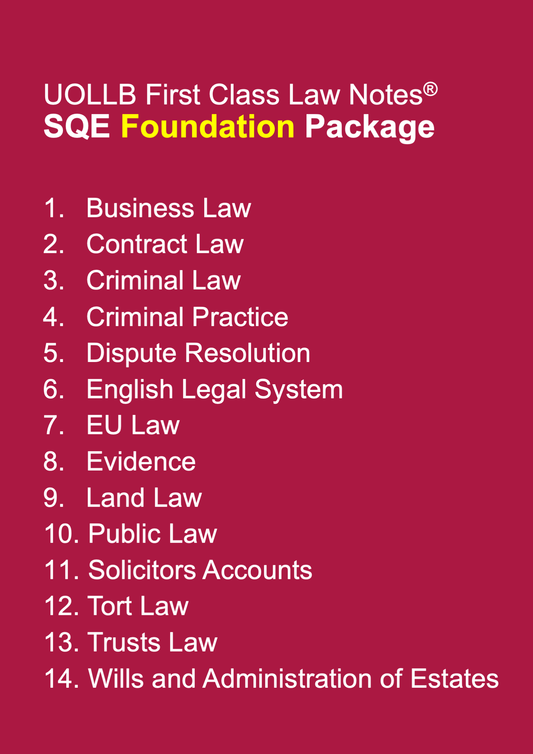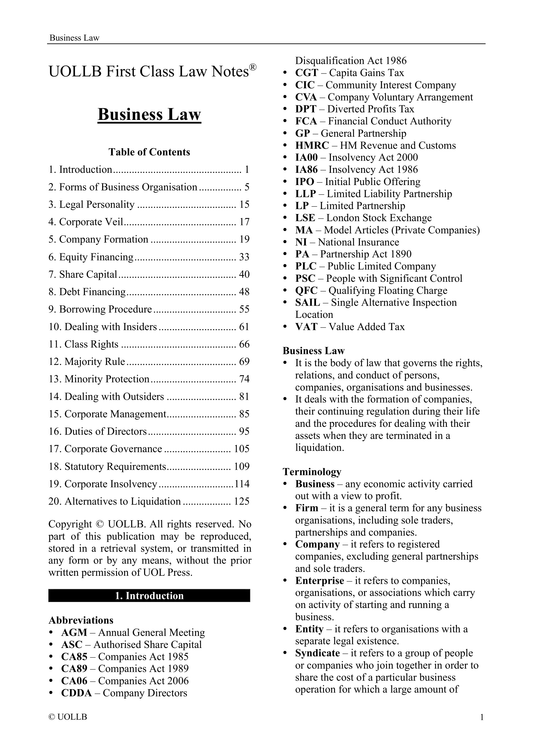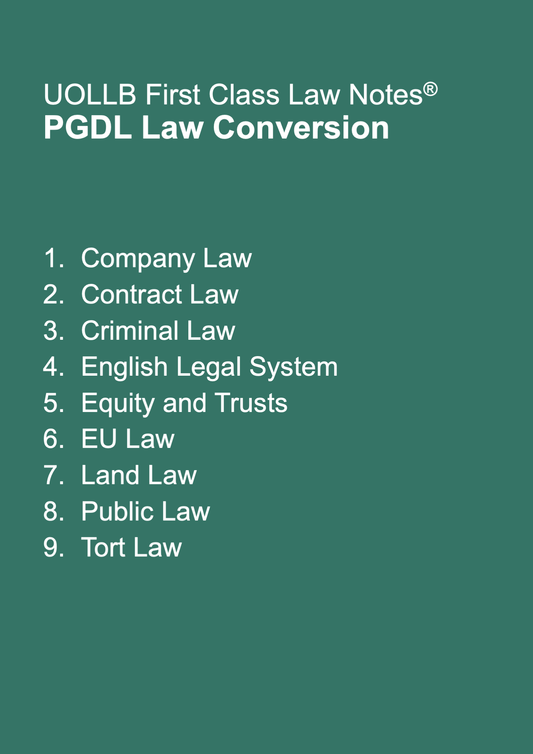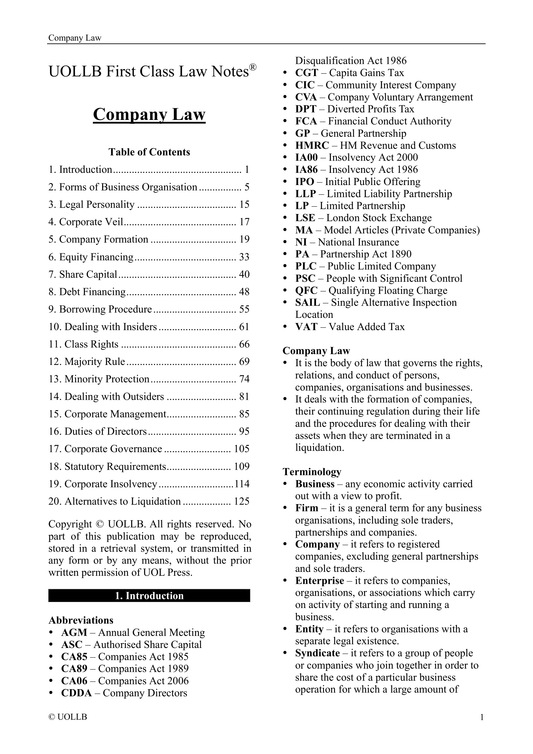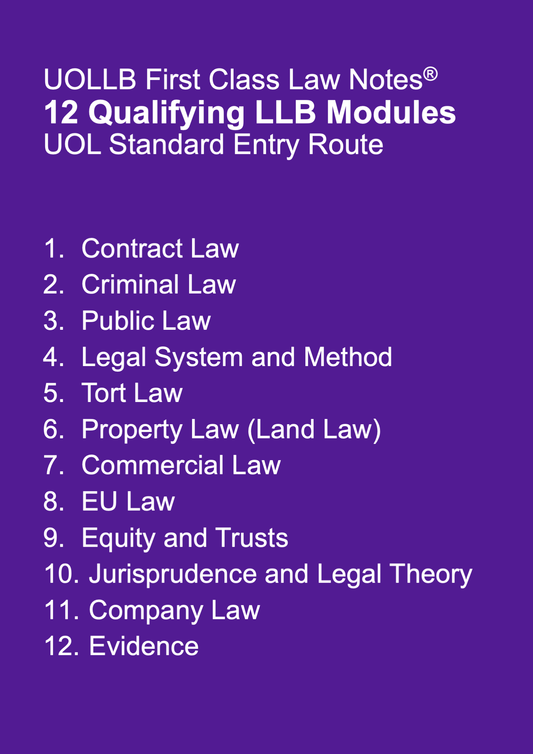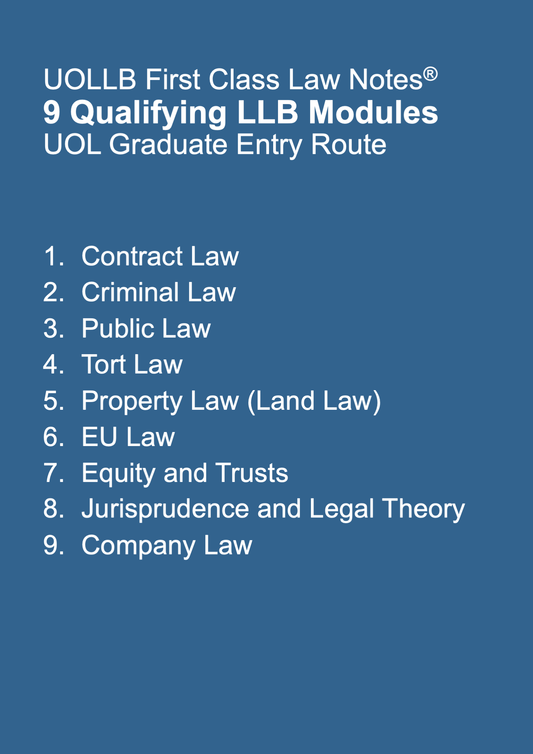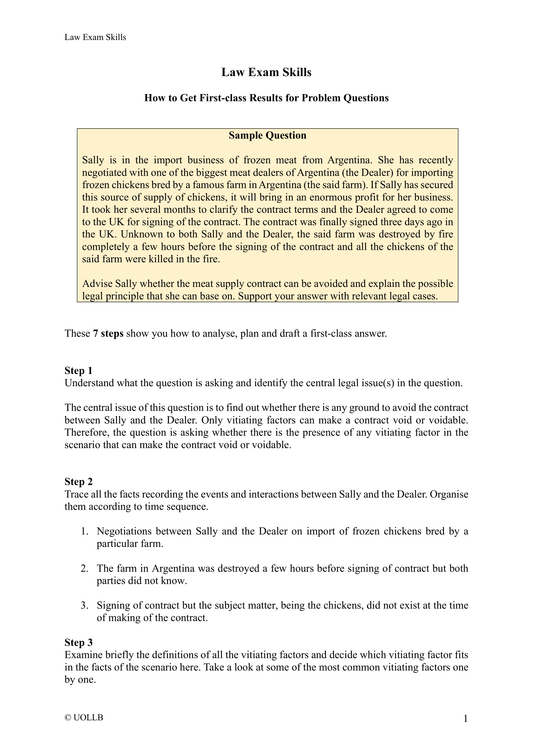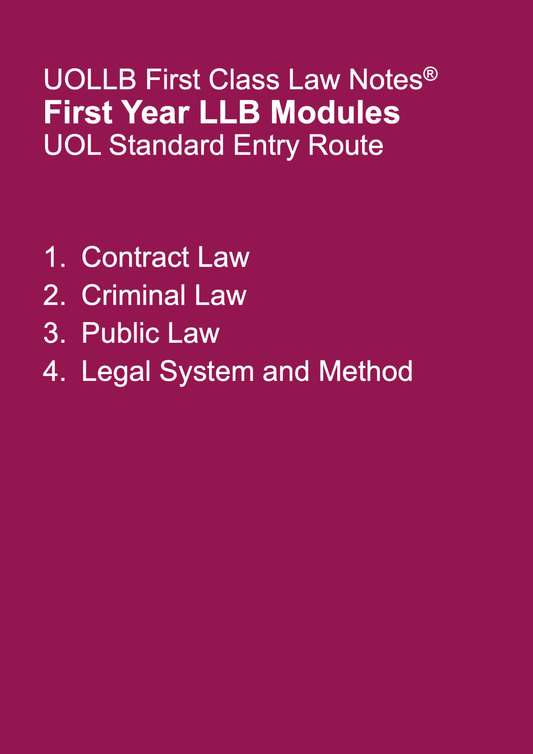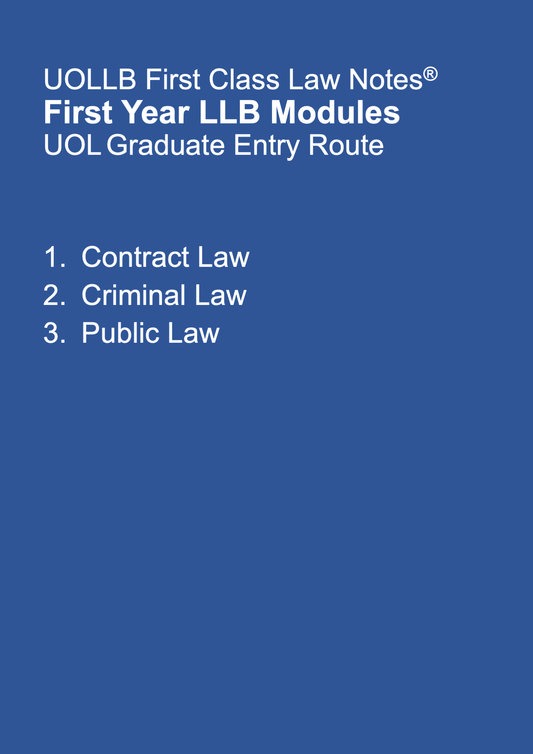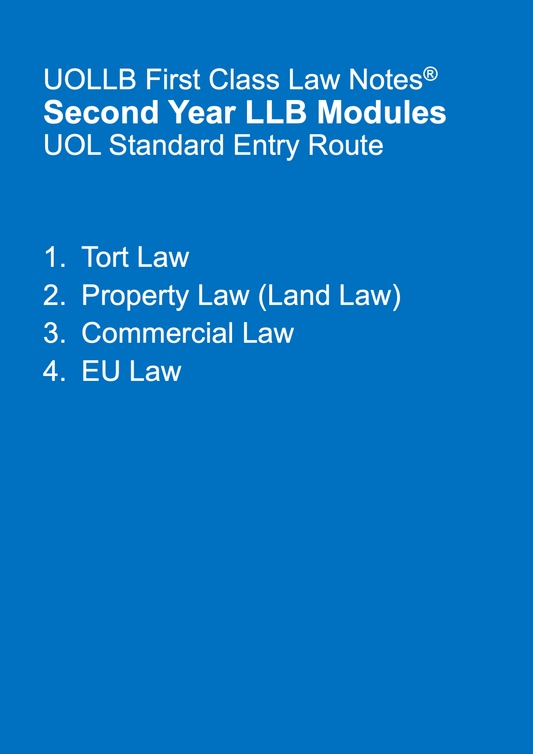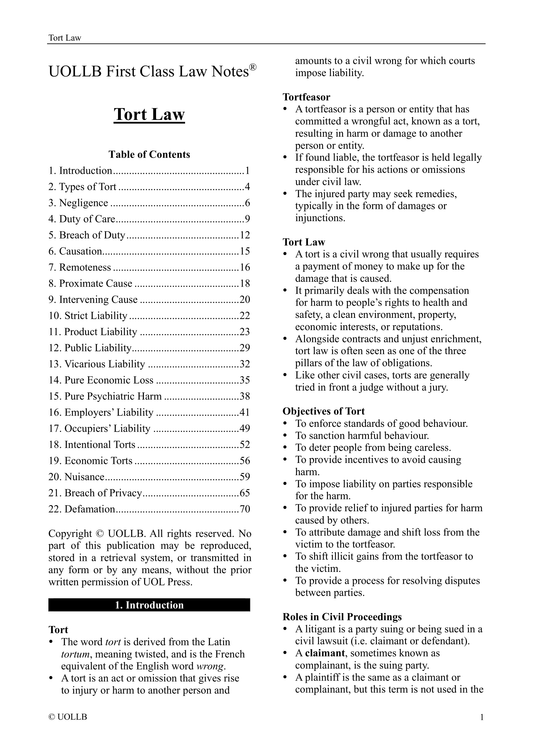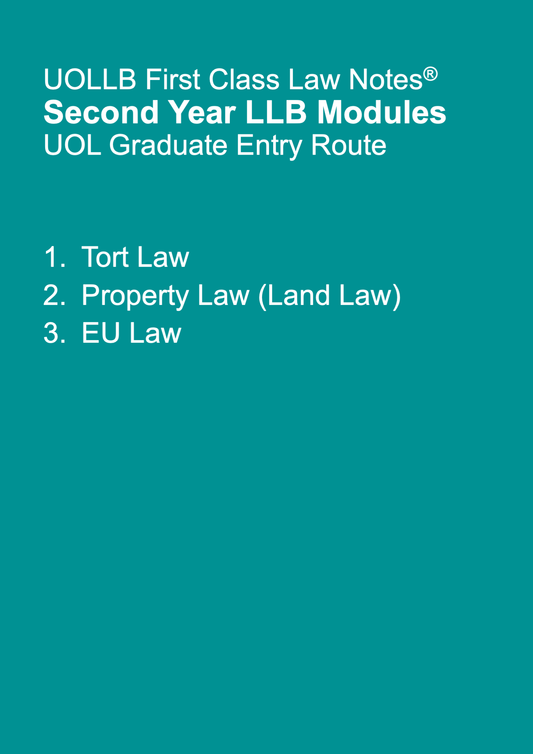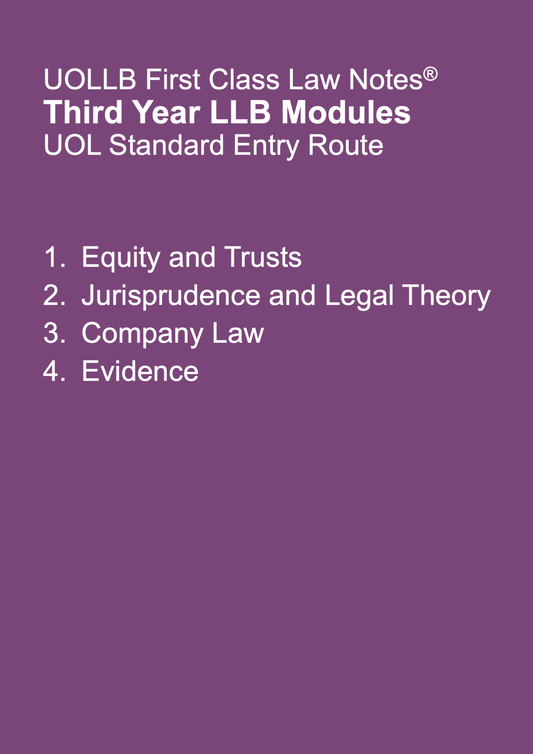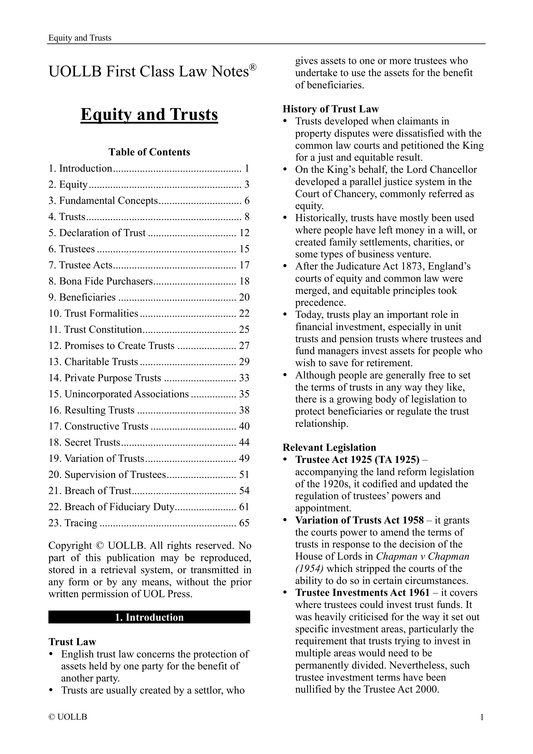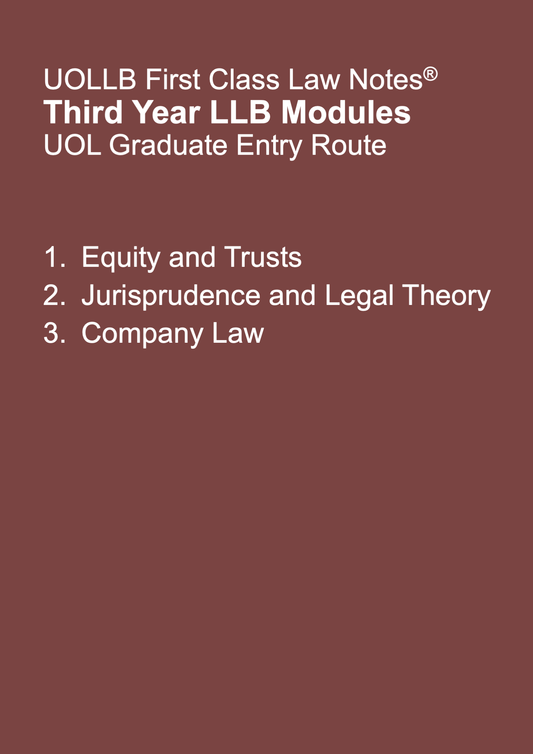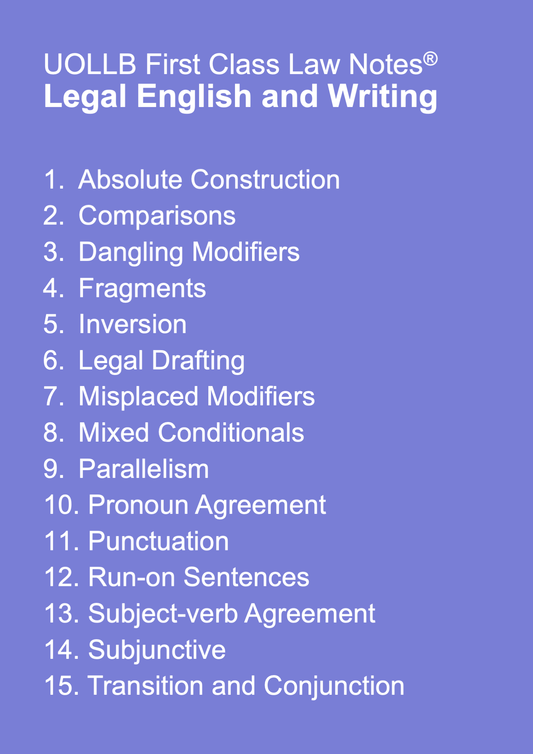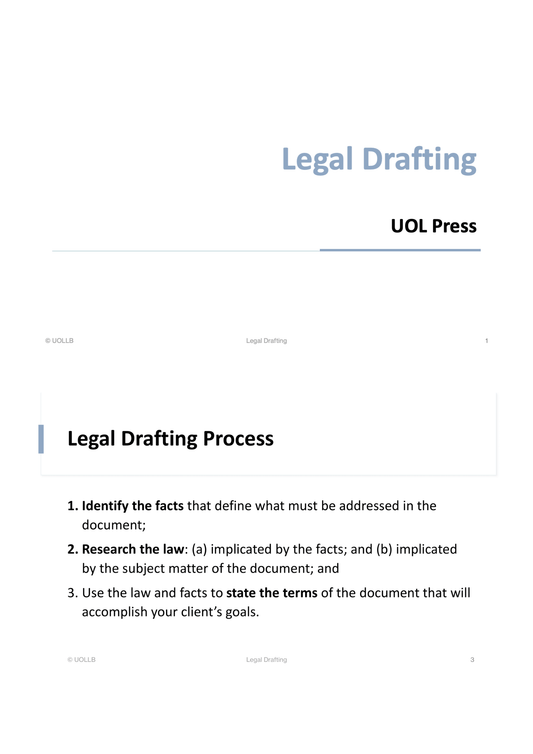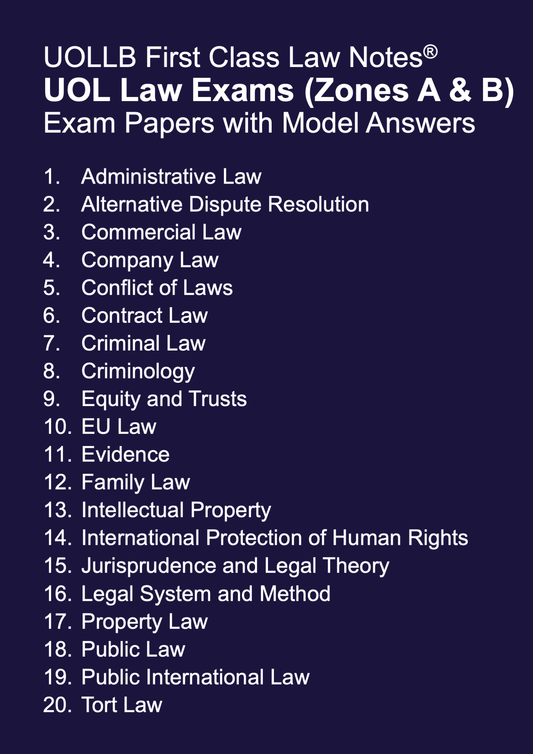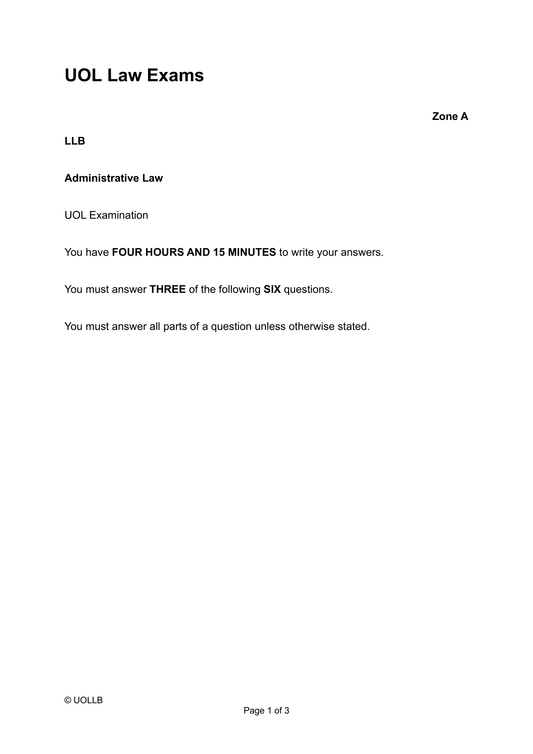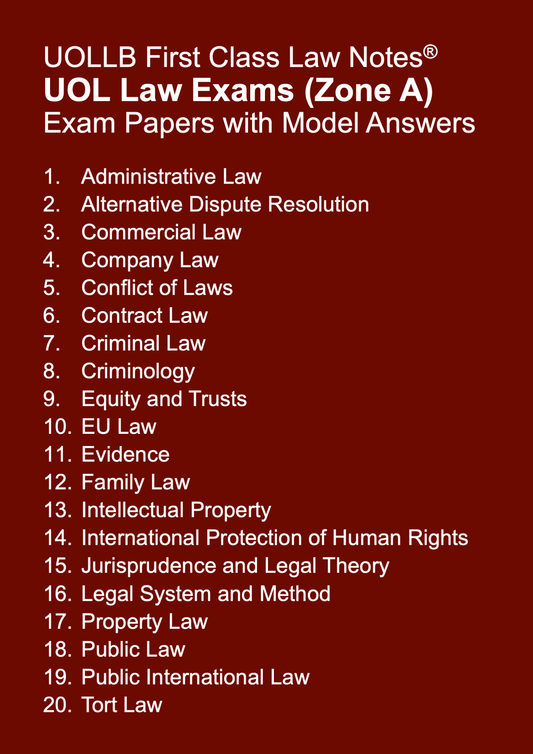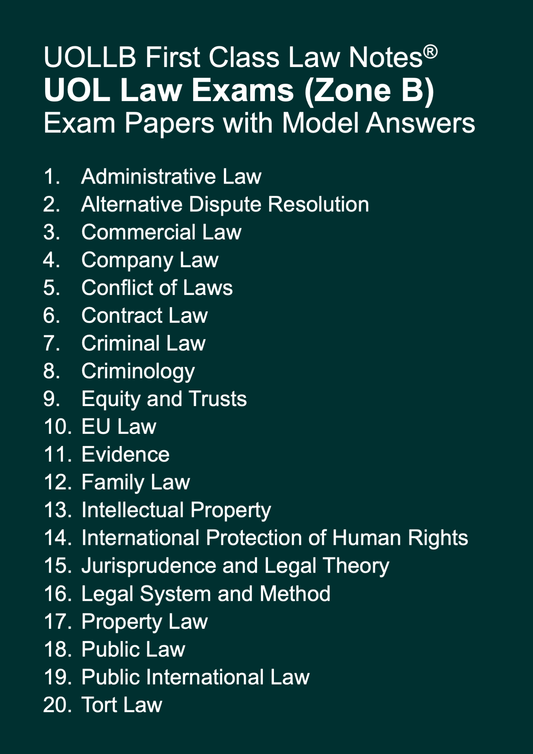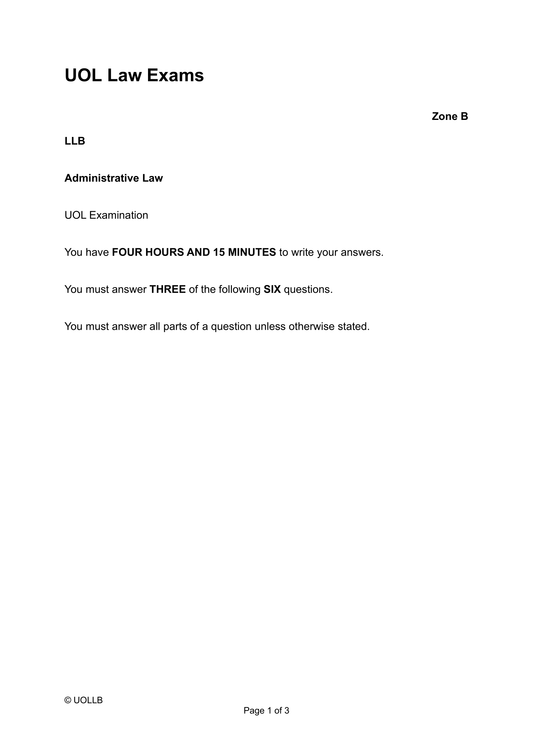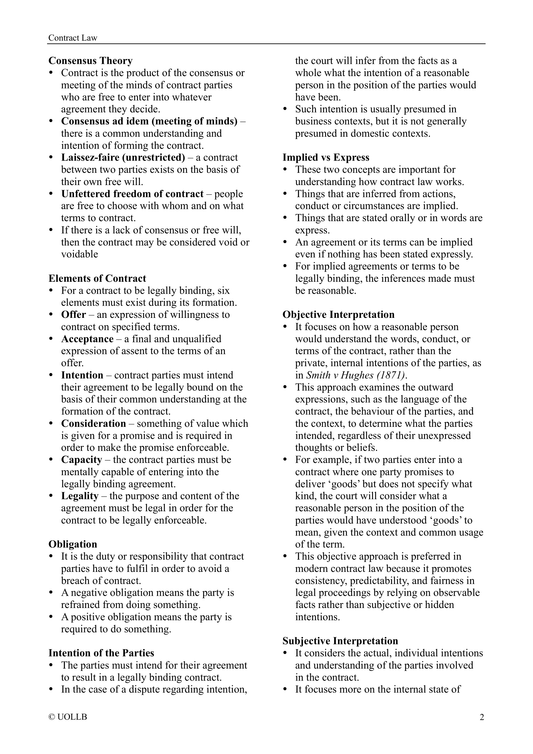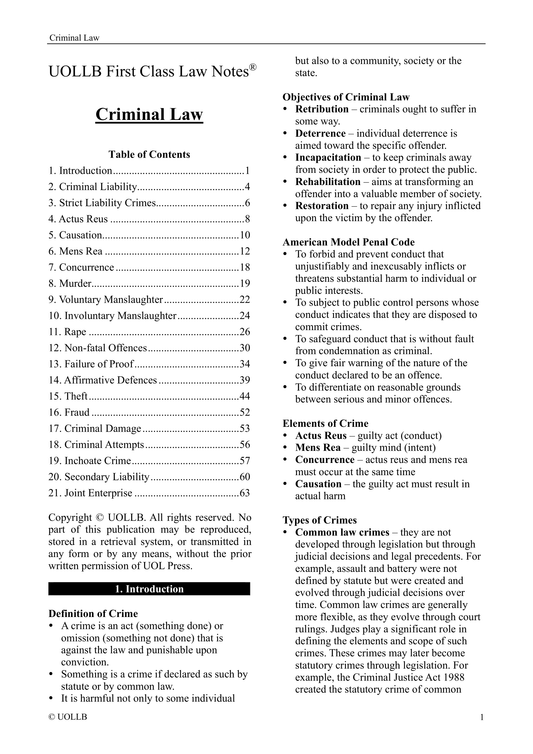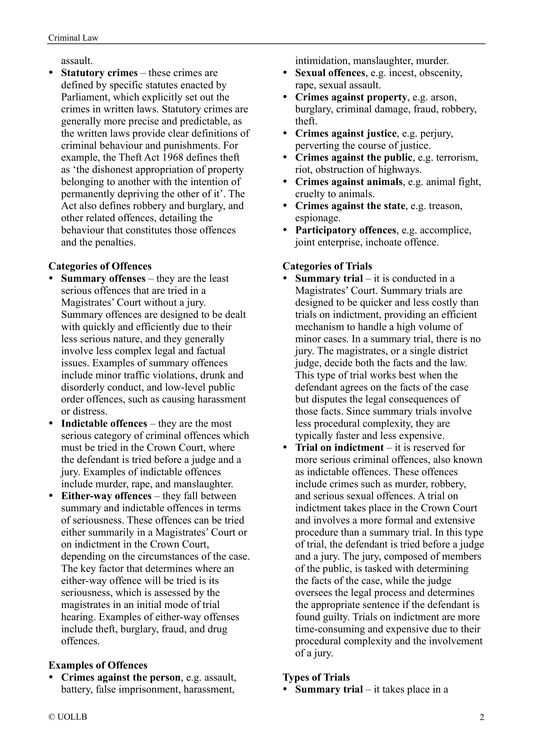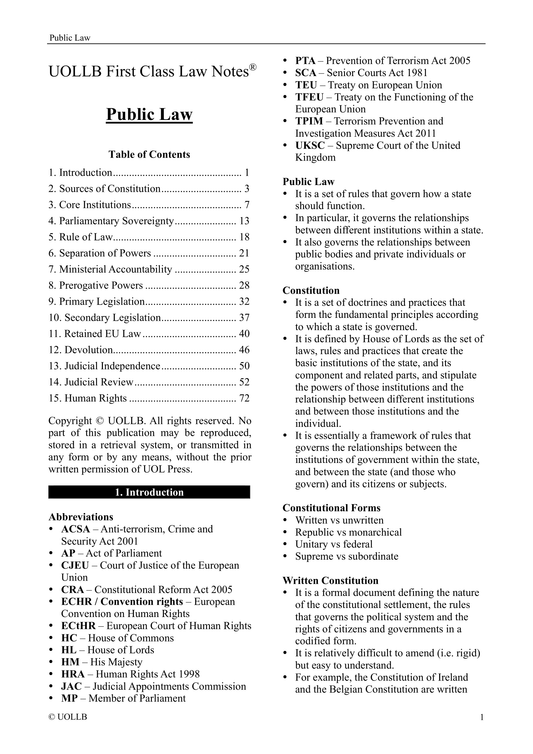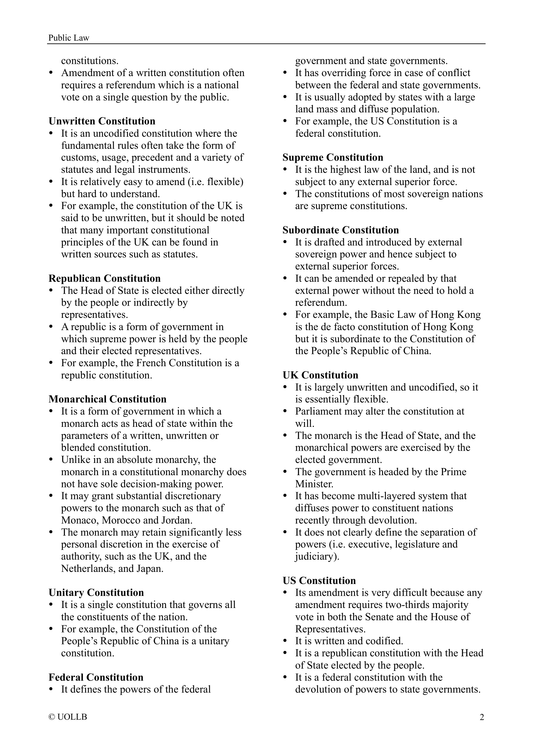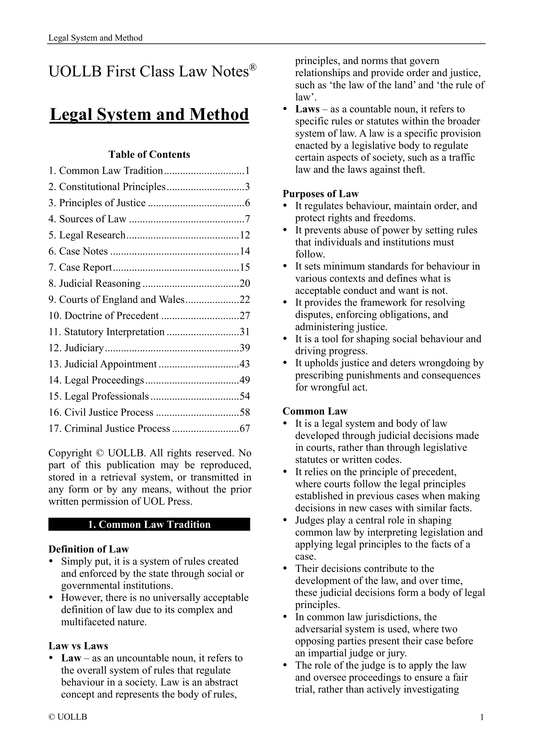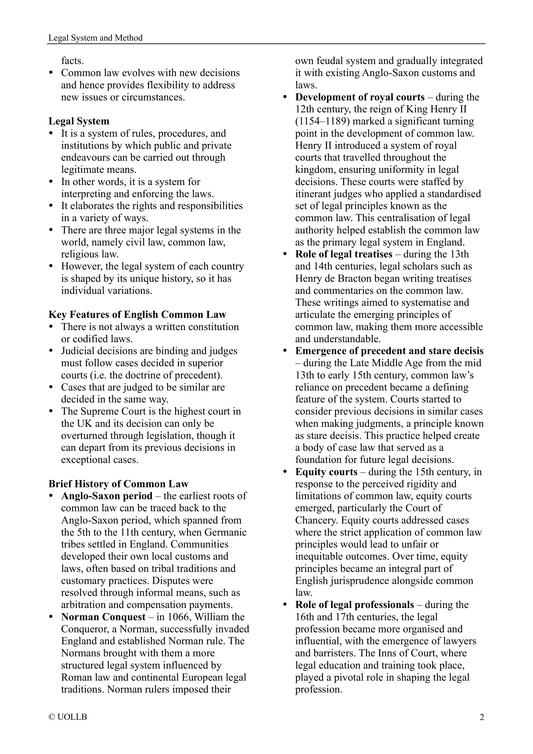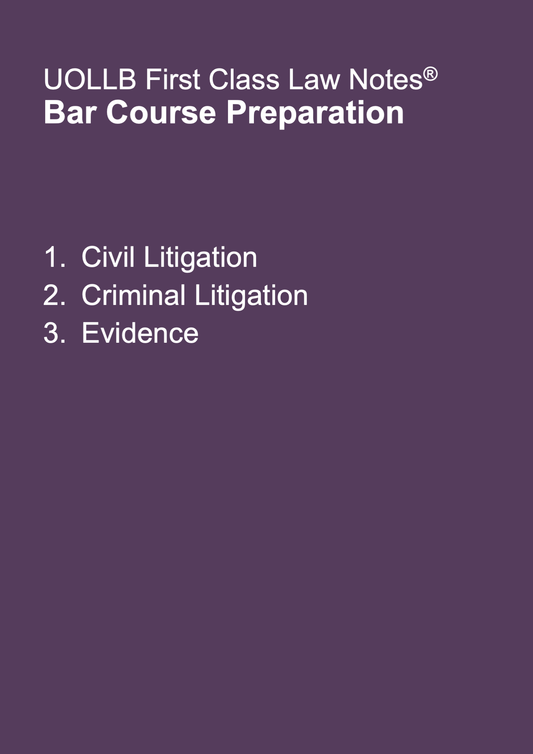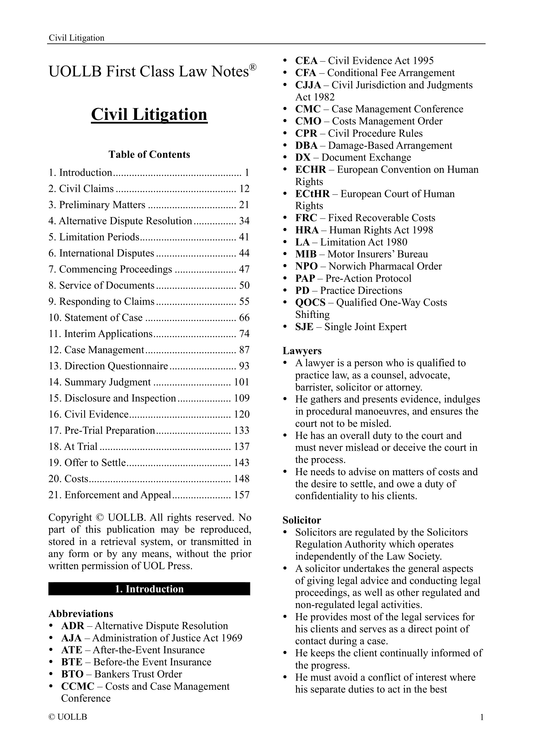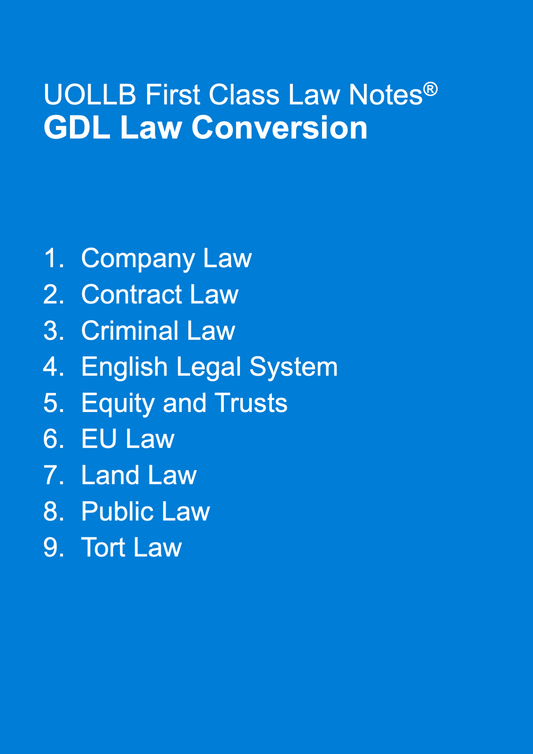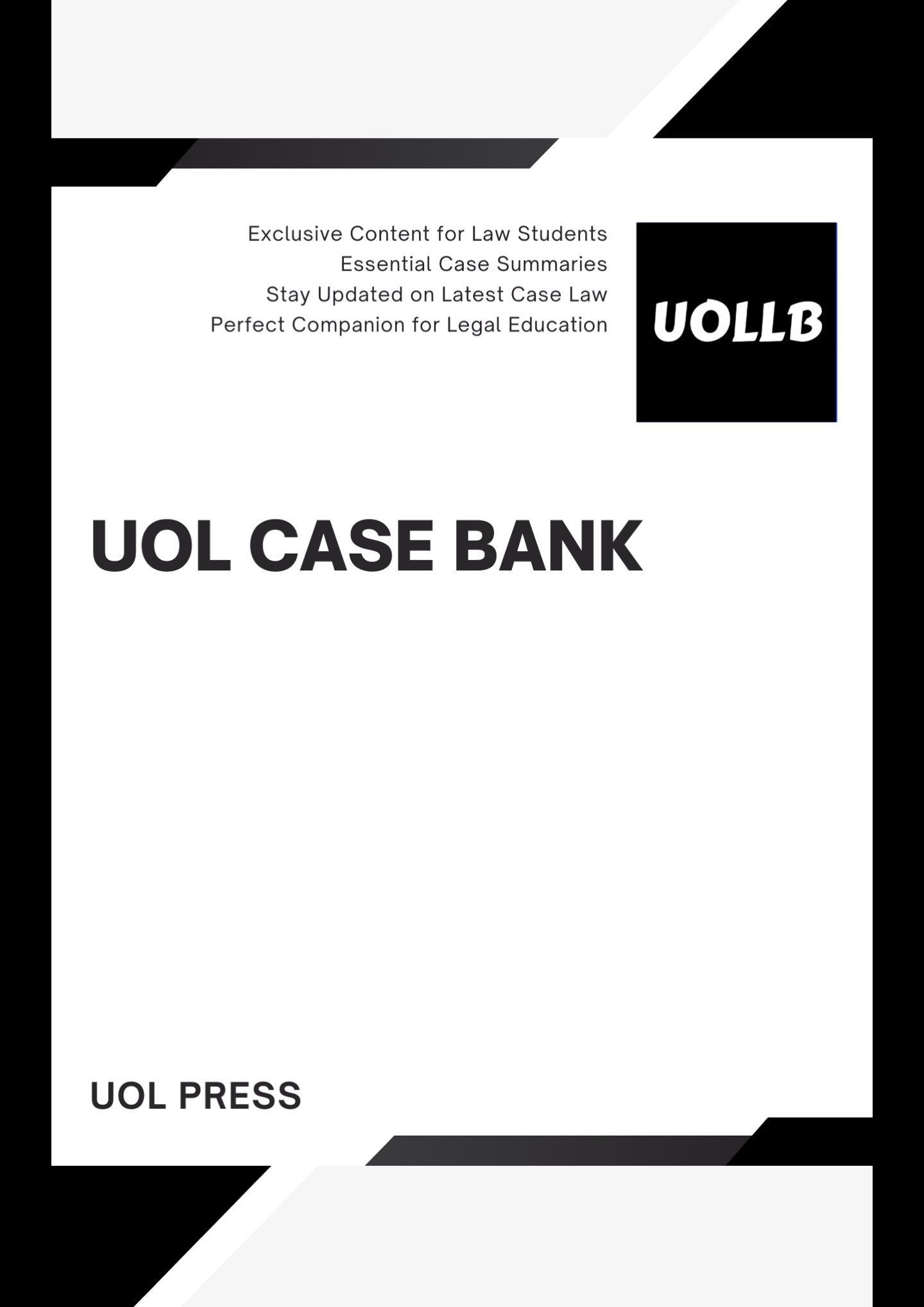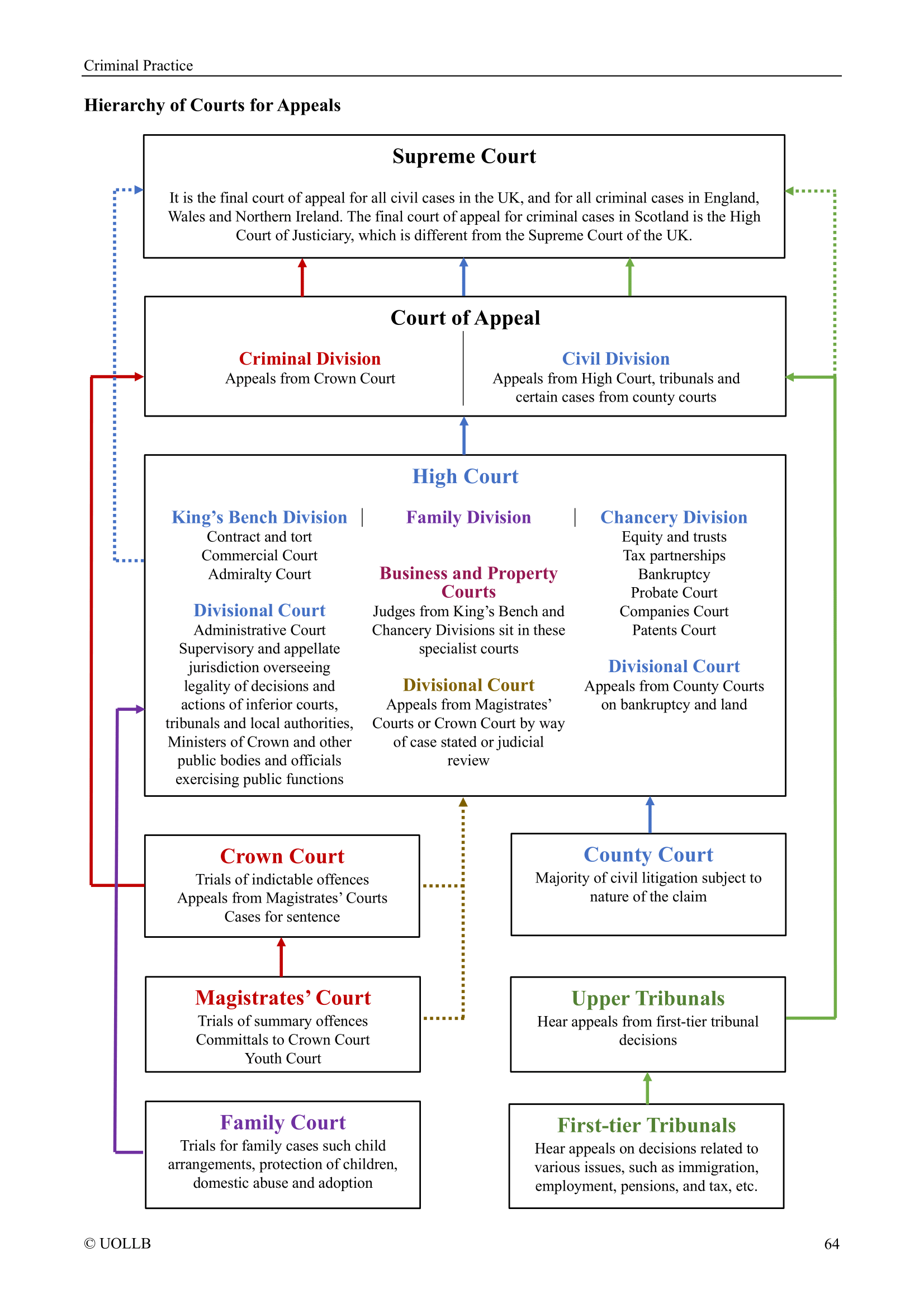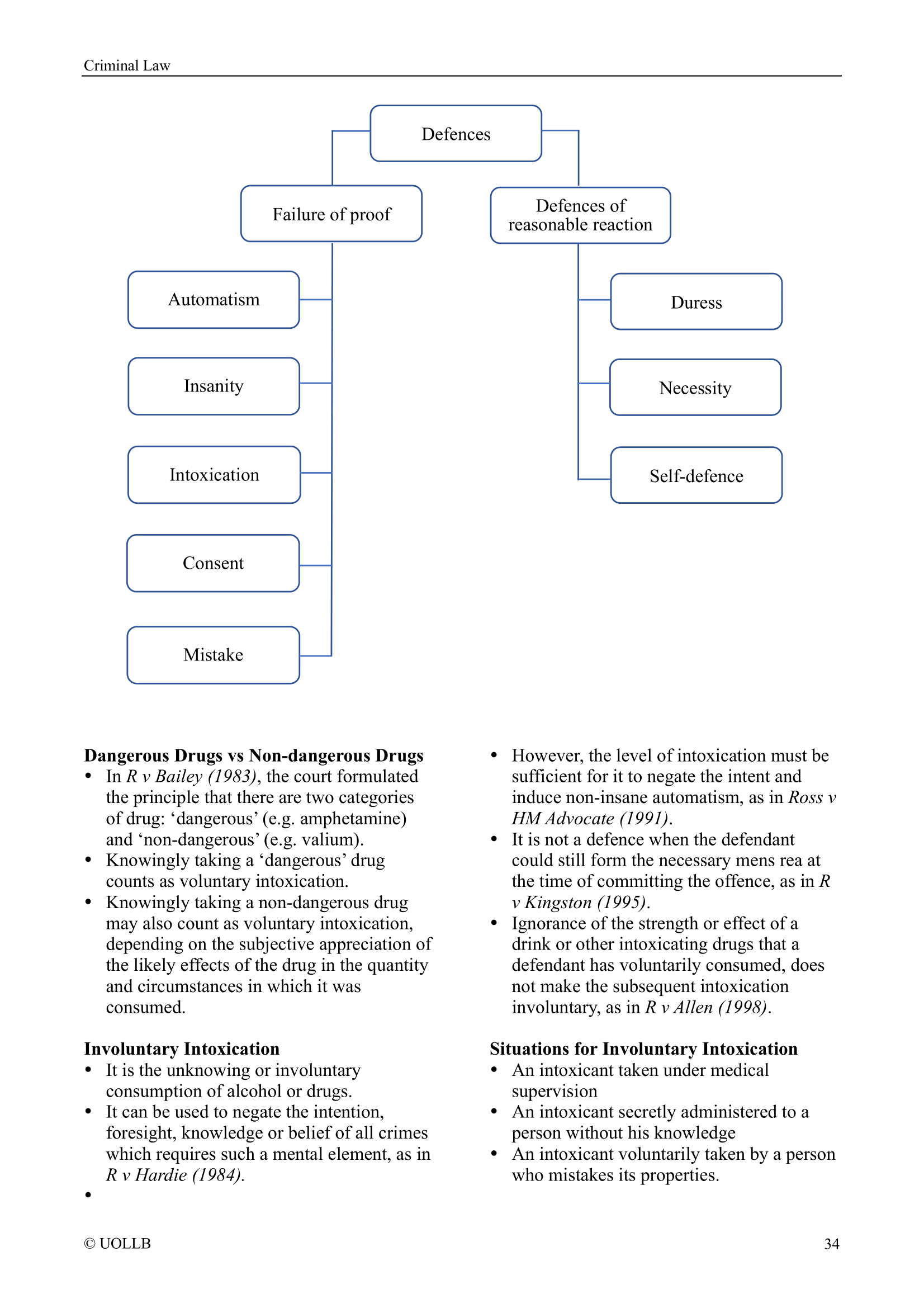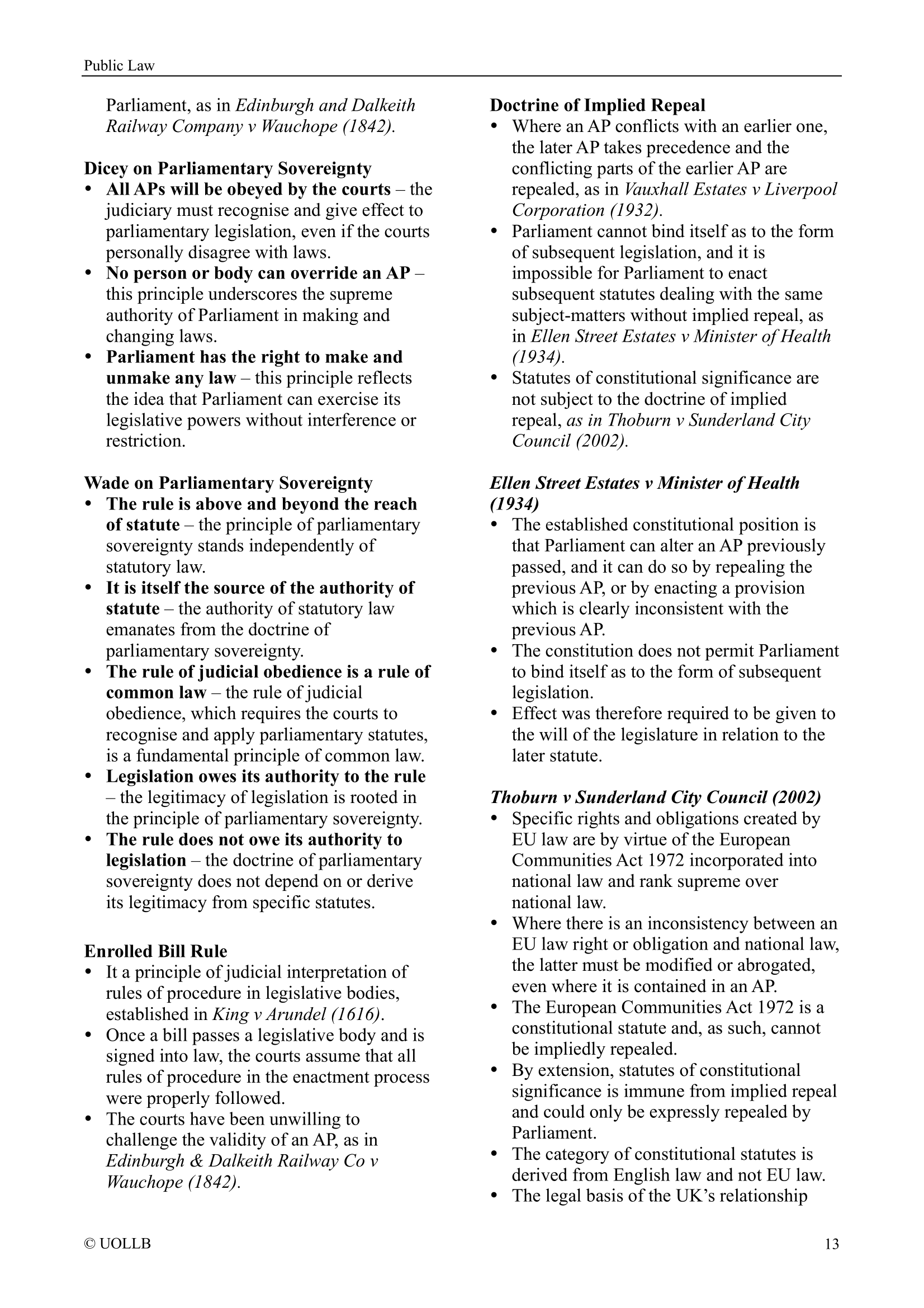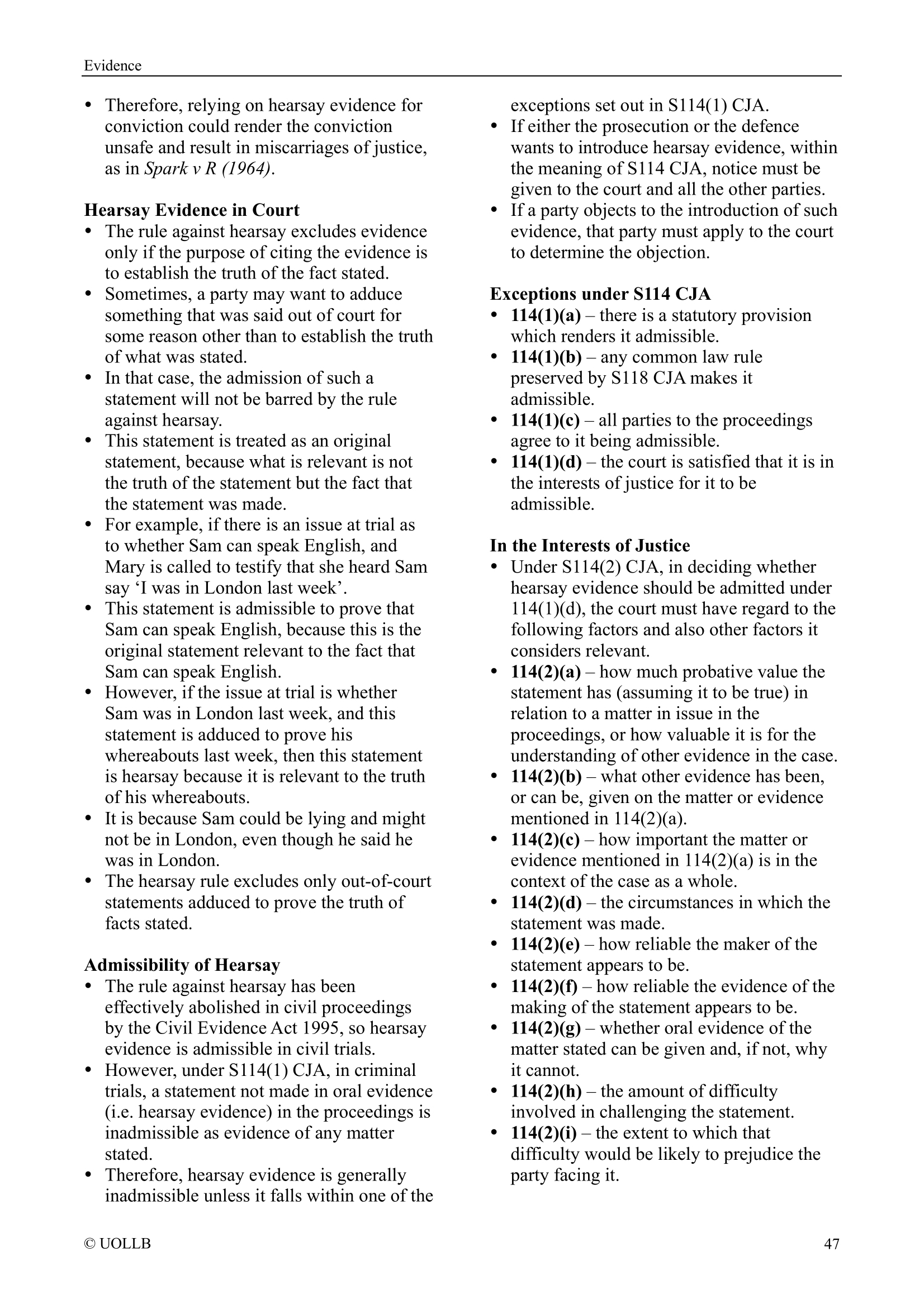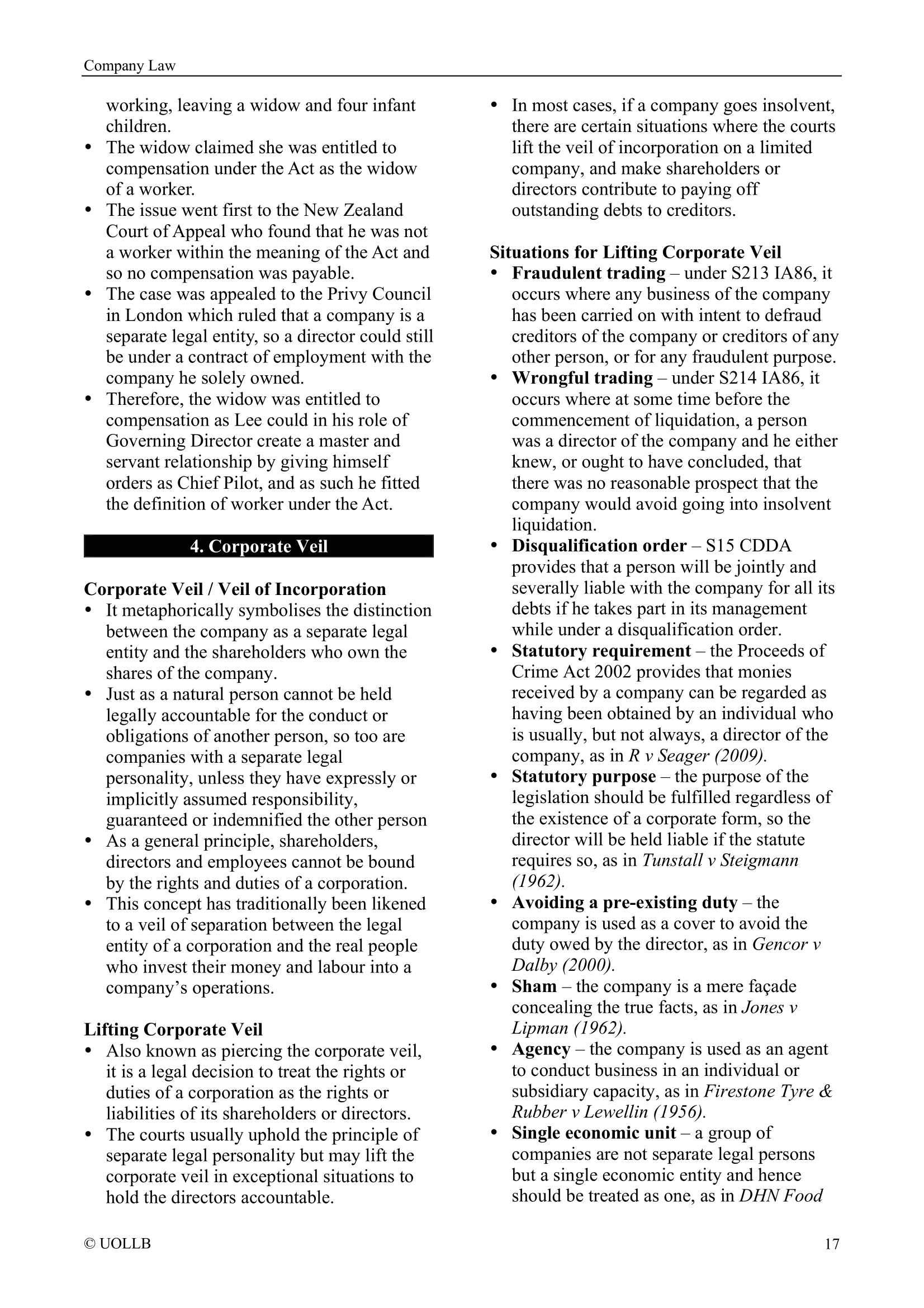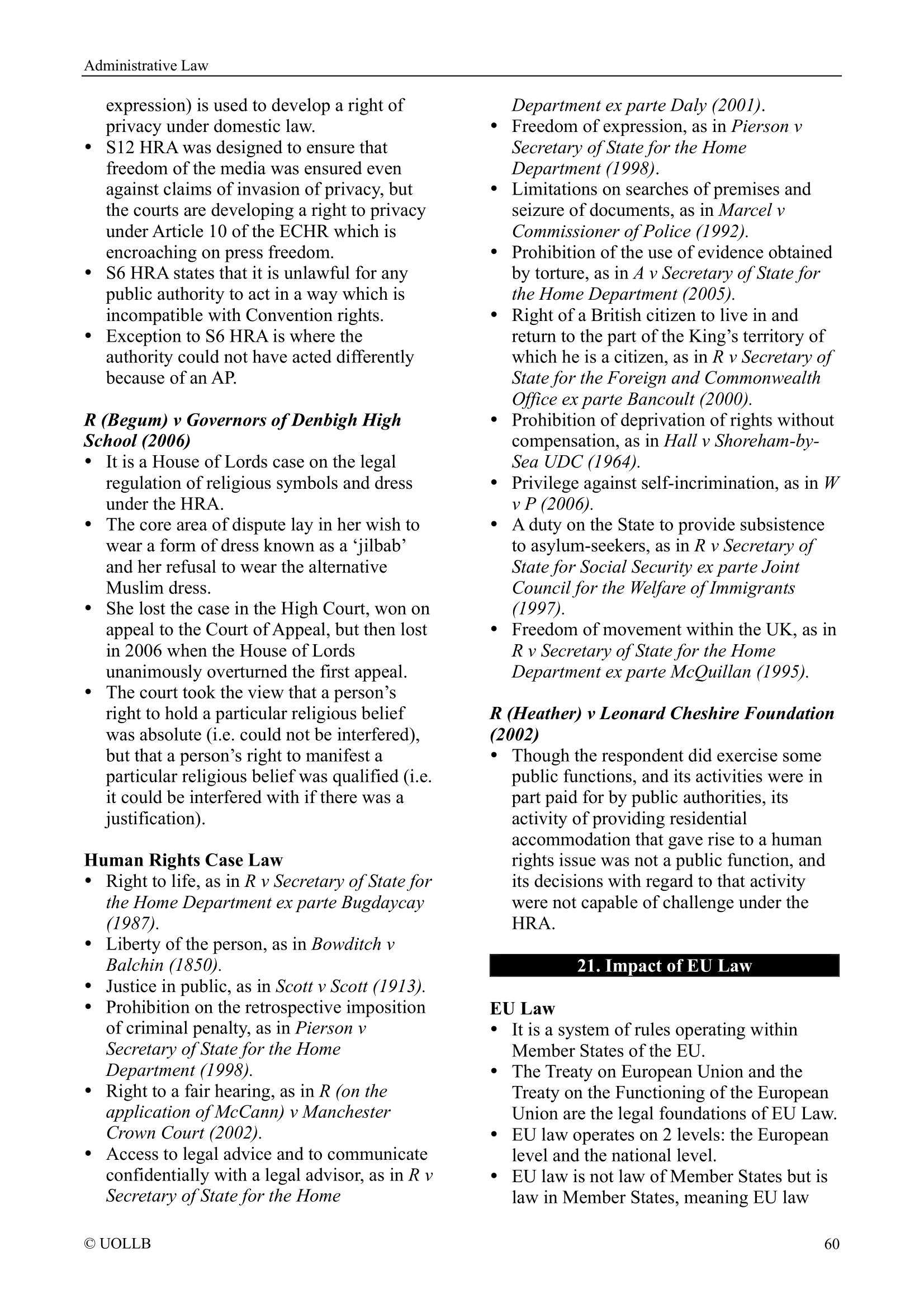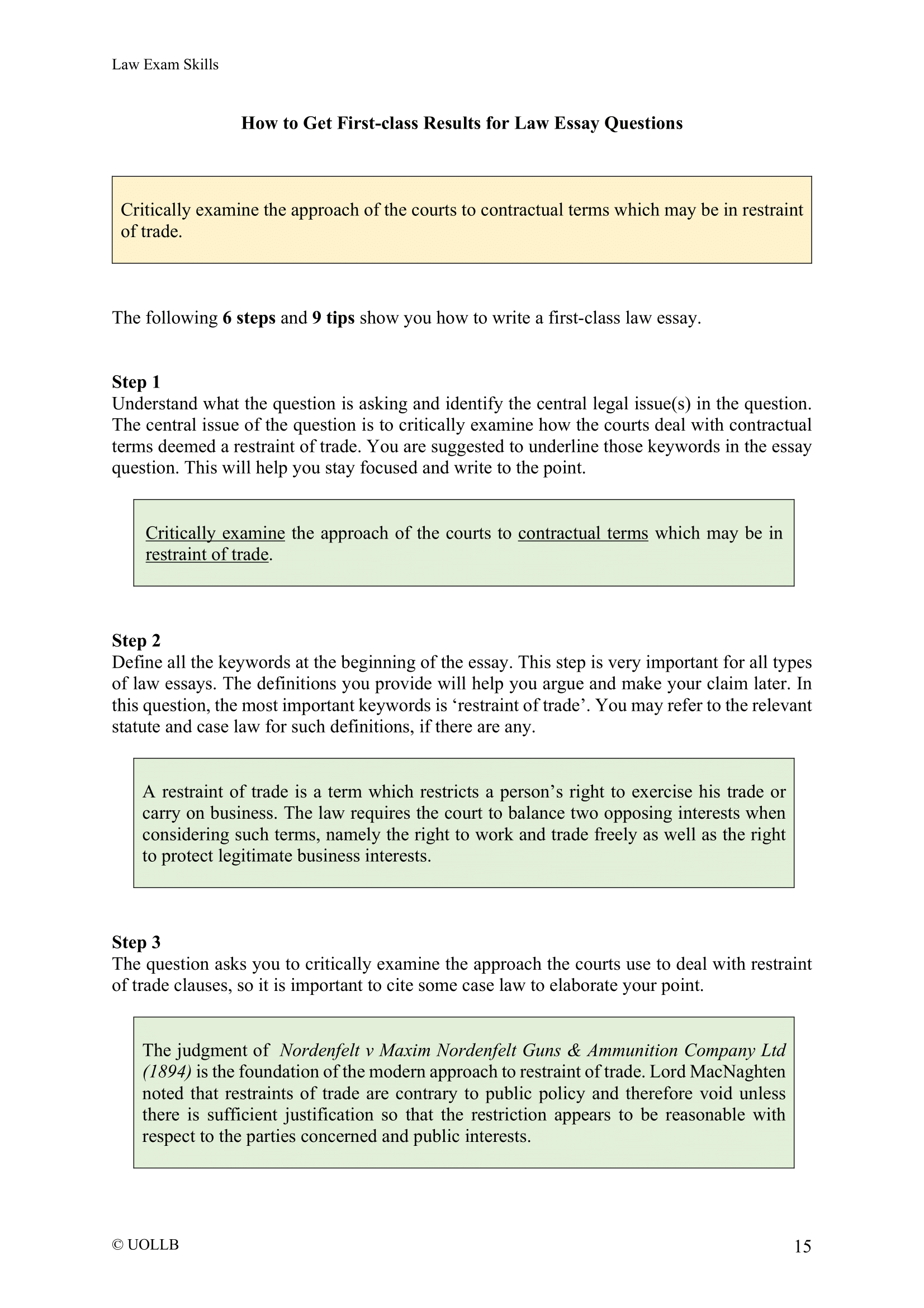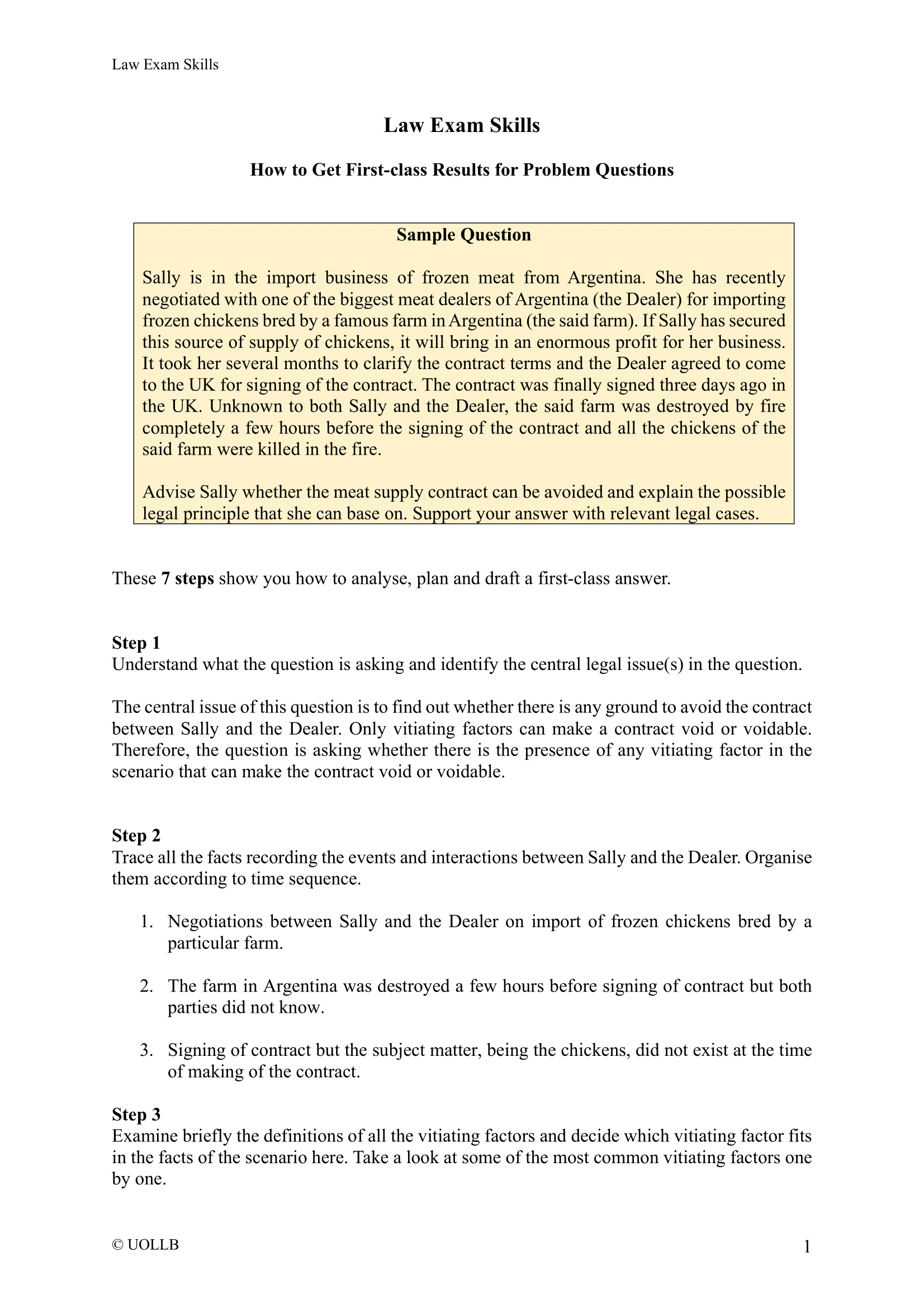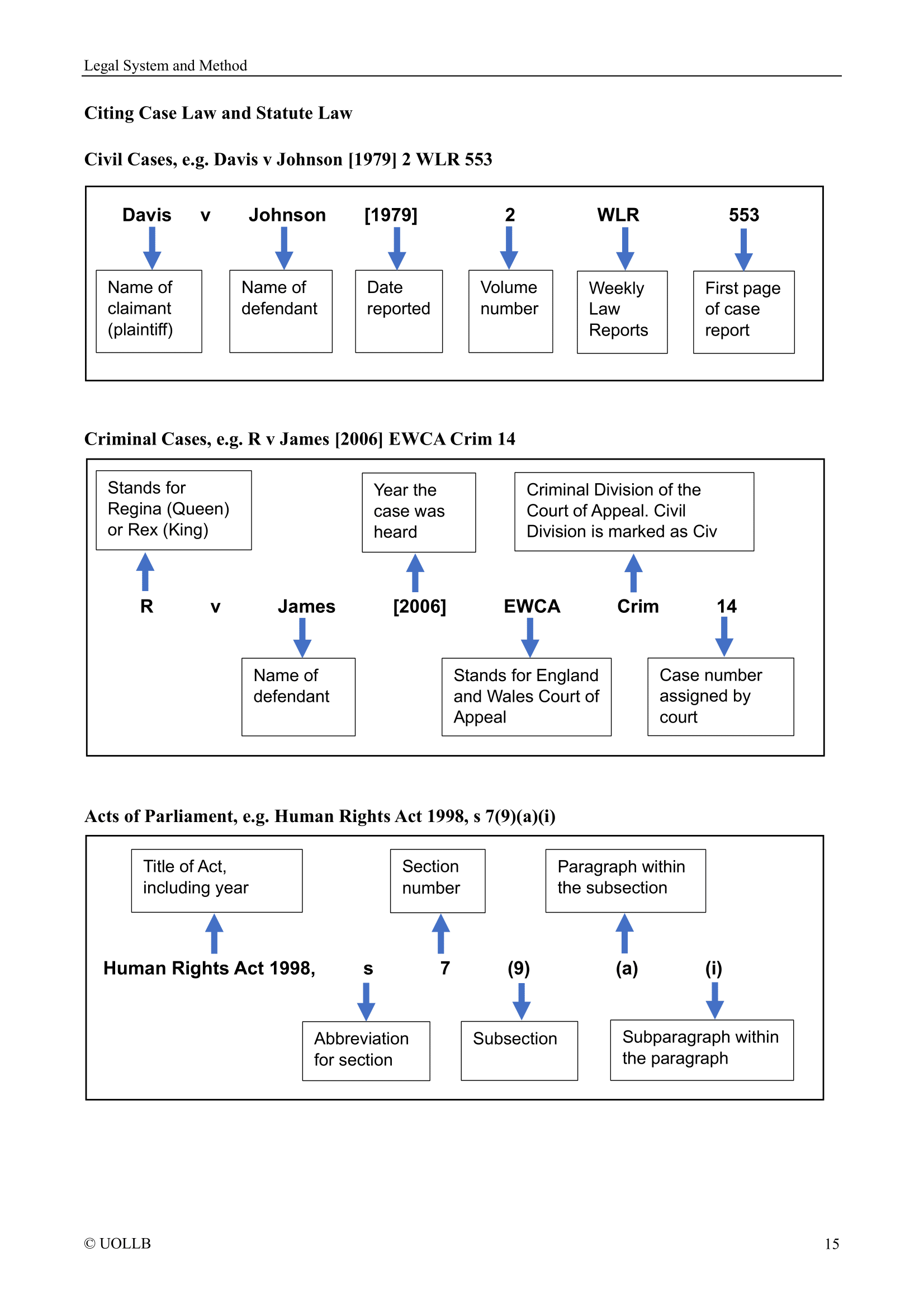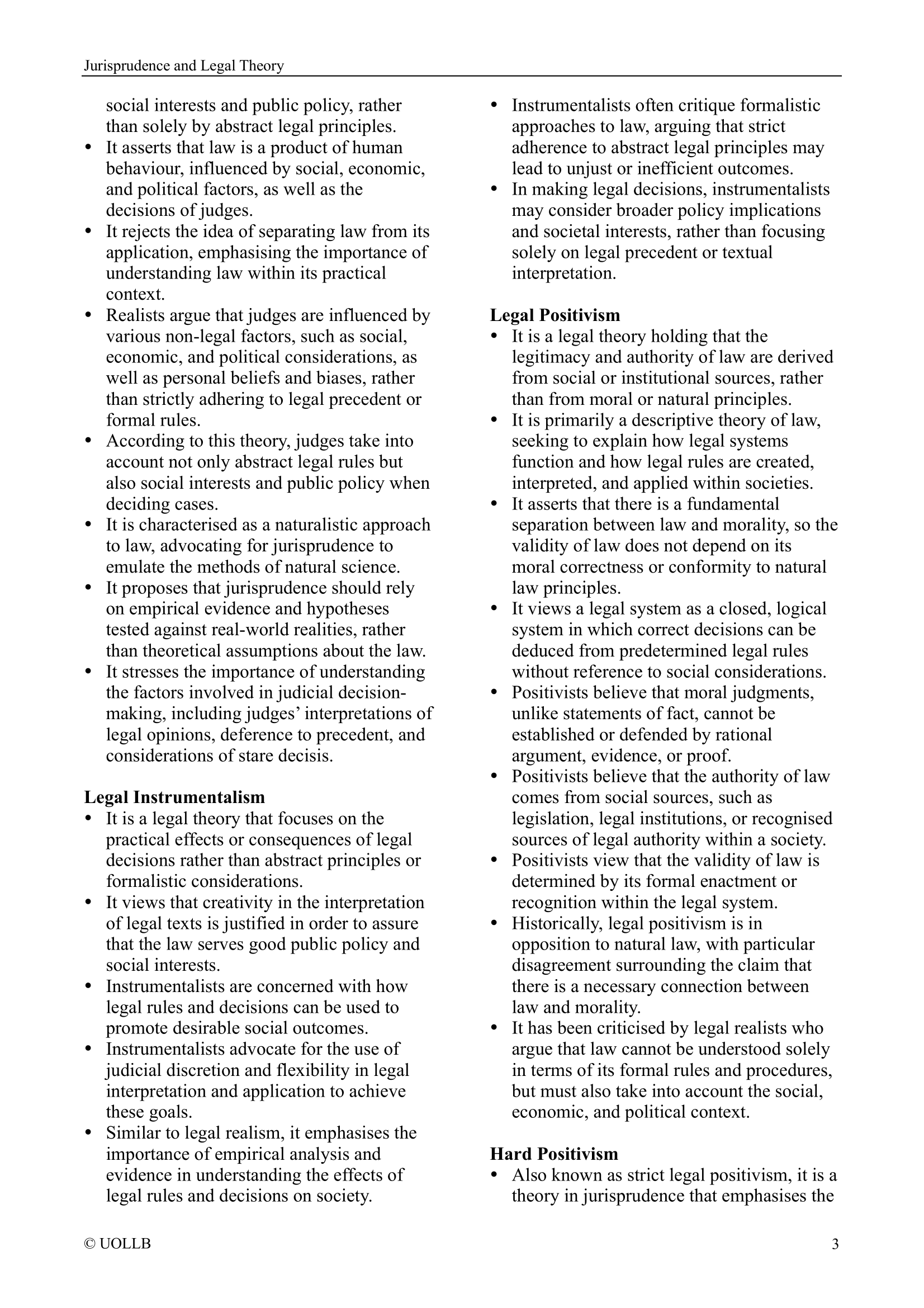Formation of Contract
Share
In contract law, the formation of a contract involves a series of steps and elements that parties must fulfil for the agreement to be legally binding. The process typically includes the following key components:
1. Offer
The contract formation begins with an offer made by one party to another. The offer is a clear and unequivocal expression of willingness to be bound by certain terms. It must be communicated to the offeree (the person receiving the offer).
2. Acceptance
For a contract to be valid, the offeree must accept the offer. Acceptance must mirror the terms of the offer and be communicated to the offeror (the person making the offer). Silence generally does not constitute acceptance unless the offeror specifies otherwise or there is a course of dealing between the parties that implies acceptance through silence.
3. Intention to Create Legal Relations
Both parties must intend for their agreement to be legally binding. Social or domestic agreements, as well as agreements made in a purely casual or friendly context, are often presumed not to have this intention, unless there is evidence to the contrary.
4. Consideration
Consideration is something of value exchanged between the parties. Each party must provide something of value (such as goods, services, money, or a promise to do or not do something) to the other. This principle ensures that contracts are not formed on a one-sided basis.
5. Legal Capacity
The parties entering into the contract must have the legal capacity to do so. This means they must be of sound mind and, in some cases, meet age requirements. Contracts entered into by parties lacking legal capacity may be voidable.
6. Certainty
The terms of the contract must be sufficiently clear and certain. Additionally, the obligations outlined in the contract must be possible to perform. Vague or ambiguous terms may render a contract unenforceable.
7. Legality
The purpose or object of the contract must be lawful. Agreements to commit illegal acts or those contrary to public policy will not be recognised by the courts and are void from the outset.
8. Form
Contracts can be formed orally, in writing, or through conduct. However, certain types of contracts, such as those involving real estate or guarantees, may be required to be in writing to be enforceable.
Once these elements are satisfied, the contract is considered legally formed, and the parties are bound by its terms. Breach of contract can result in legal remedies, such as damages or specific performance, depending on the nature of the breach and the terms of the contract.
